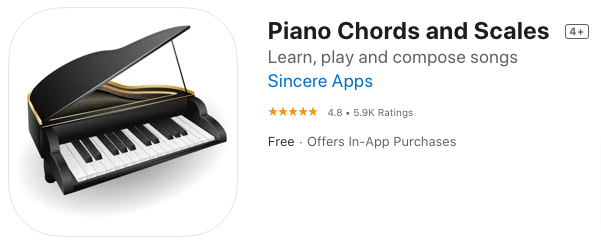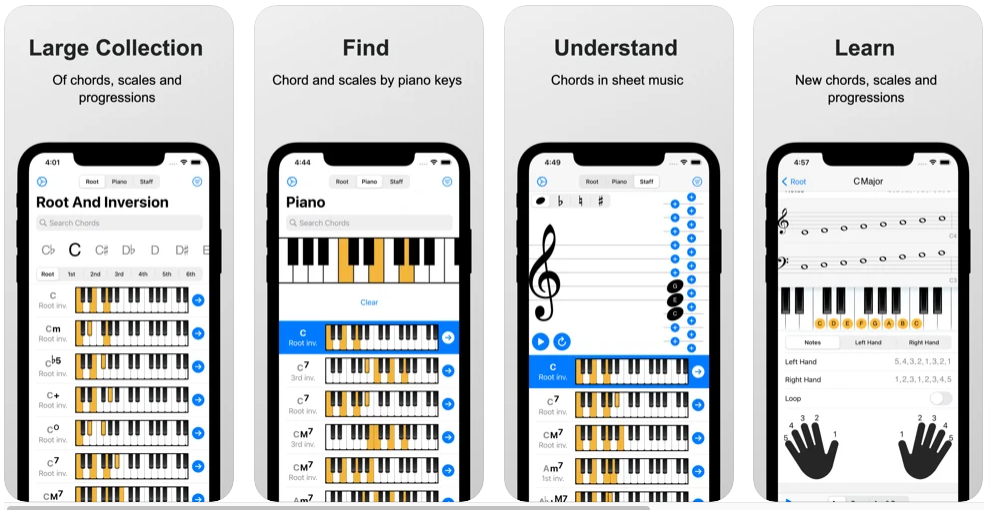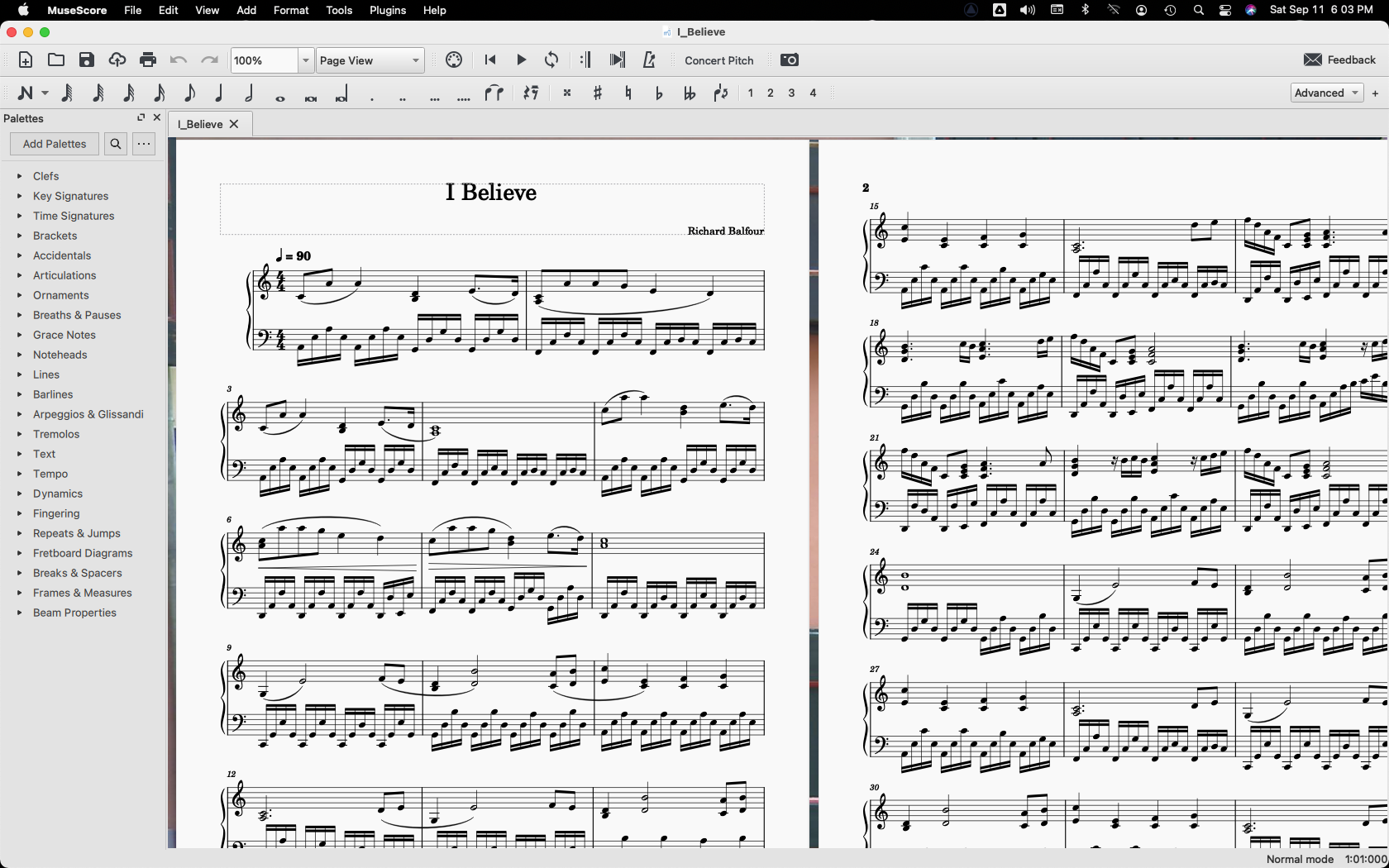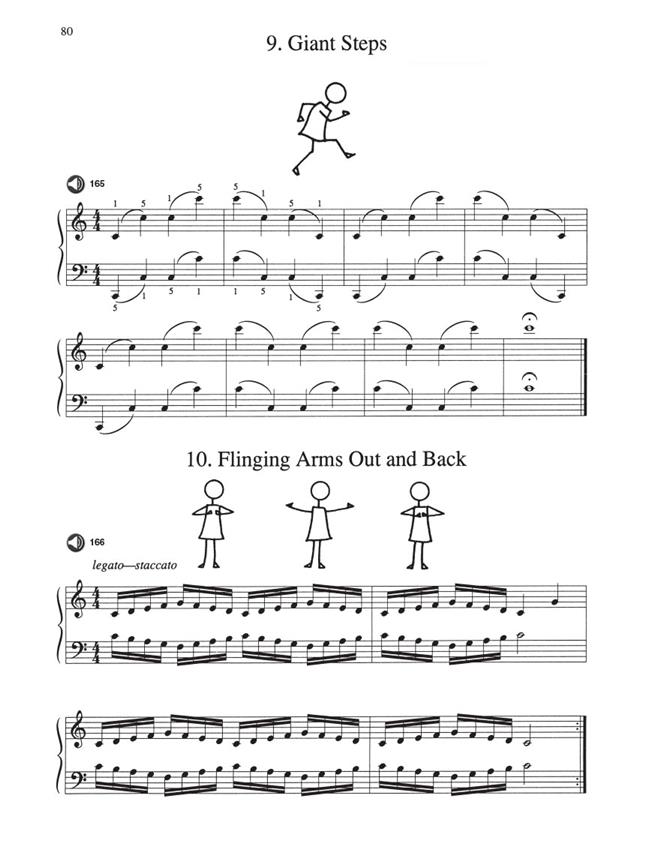Displaying items by tag: help
3 Easy Apps You Can Use For Writing Your Music
Now that you've taken the time to clear your mind from the daily drama n grind, you can finally get to committing that song you've had in your head onto paper.
Maybe you have a few ideas jotted down here and there, but you need to have all that in one place. Today I will discuss 3 apps you can use that are free and quite good at helping you with your songwriting process.
1. Piano Chords And Scales

To make any song sound right, you need to know your basic chords and scales. Piano Chords And Scales is available from the App Store and Google Play.

This nifty app shows you the position of all the chords and scales on the keyboard. This is a delight for those of you who have trouble reading the notes on paper but know what the chord names sound like. There's even a feature that lets you build chord progressions and write songs that you can save and playback later.
Now that you've figured out the chords and progressions for your song, you need to commit it to staff paper!
2. Musescore

Musescore is free software that is ideal for first-time score writers. It allows you to connect your MIDI keyboard, or use keyboard and mouse strokes to enter notes on the screen. It might take you a few minutes to get the hang of composing with this software. If you're feeling lost, there are excellent videos on YouTube by musicians that should help you along the way.

Musescore also has a community website where you will find a wide variety of songs that you can download and play for free. There is even a feature that converts your musical piece into a video on YouTube.
3. Avid-Sibelius First
Sibelius is one of the most well-known commercial music notation programs available. Their First version, a free download gives you an interface similar to Musescore, with a slightly less complicated learning curve.

I was able to export my MIDI file from Musescore and import it without issue into the Avid software. There are a few more professional tools in this and in other versions they offer but for a free notation tool this one you can't miss!
Conclusion
Each of these tools should be in your repertoire. With some time and practice, you'll find yourself at ease creating new music and hopefully inspire others to do the same.
A Dozen A Day - Practice The Old Fashioned Way
Simplicity wins the day!
Learning to play piano with the right fingers and technique can be compared to learning a new language. You need to learn how to crawl, then walk before you run.
If you're looking for a simple and fun way to learn to keep time and develop proper finger dexterity, you need to try the A Dozen A Day series, "Technical exercises for the piano to be done each day BEFORE practicing".

Well, the motto is to the point, and so are the little stick figures that accompany you through your 5-Levels of 12 exercises each. They are very simple to follow, and each module is designed to incorporate elements in music that you'll find in just about any style.

I grew up with this series while taking my conservatory classes. It's nice to see that they're still around today, as I use them extensively with my students over the years. They call it the "stick figure" book, but what's rewarding are the techniques they learn that stick with them for life.
A Dozen A Day is one of the best 12-step programs out there, and I highly recommend them to anyone who wants to be serious about their piano playing.
Sources:
- https://www.halleonard.com/product/414222/a-dozen-a-day-preparatory-book
- https://fr.wikipedia.org/wiki/Edna_Mae_Burnam
- https://www.willispianomusic.com/search/search.action?_c&menuid=14329&seriesfeature=&subsiteid=264





